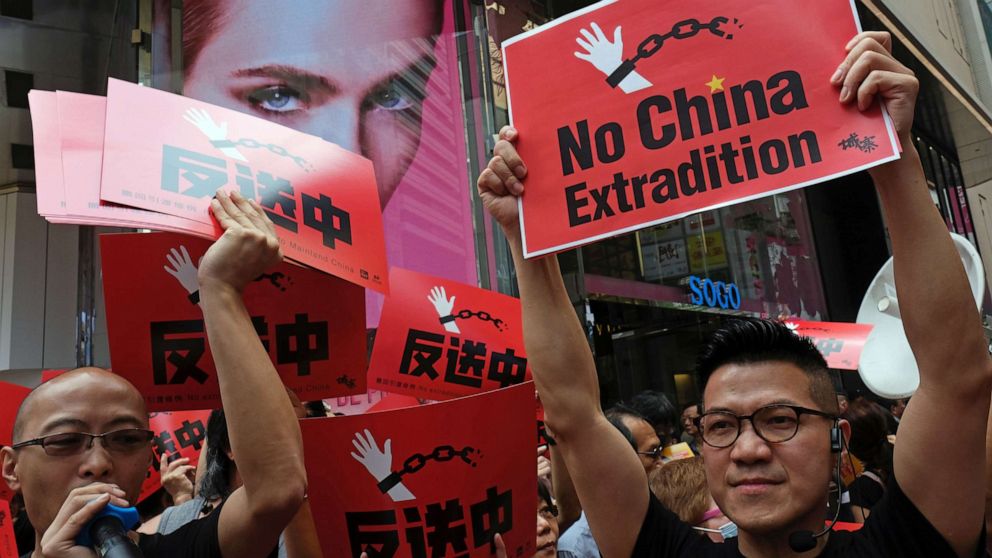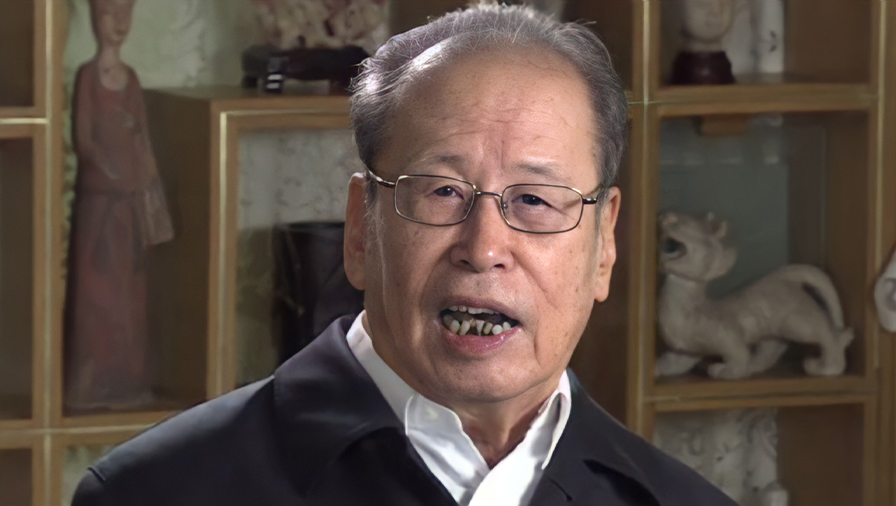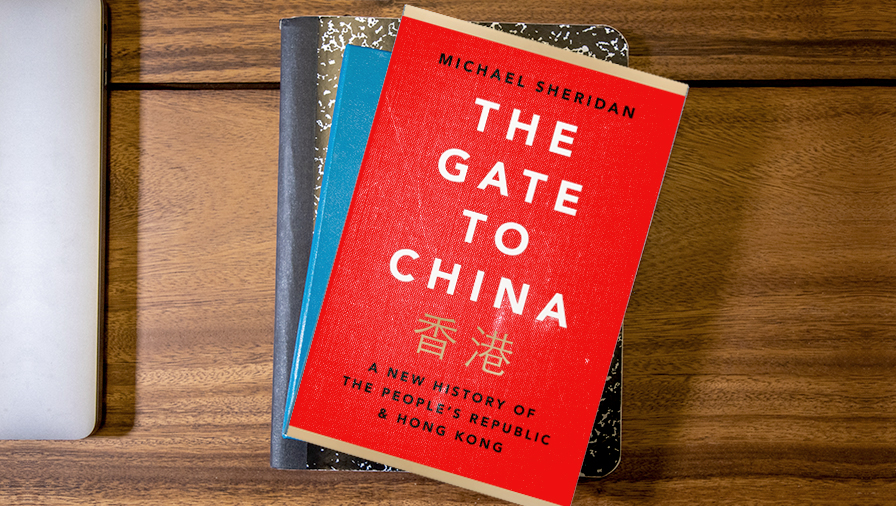The closing of China’s gateway
OPINION: A new history of Hong Kong reveals a determined and duplicitous strategy.
OPINION: A new history of Hong Kong reveals a determined and duplicitous strategy.
The peaceful takeover of Hong Kong by the Chinese Communist Party (CCP) could not be more different than Russian President Vladimir Putin’s aggression against Ukraine.
Hong Kong was once the world’s freest economy and a beacon of how first world living standards could be achieved in Asia. Today, Hong Kong is in the grip of a dictatorship that has implemented draconian laws to suppress dissent. Thanks to the Covid pandemic, it is also closed to the world and has the highest death rate from the virus of any place on Earth.
It is sliding down the ladder of the most desirable places to live and has lost most of its freedoms.
How did this happen? The answer is the culmination of a long, determined, and duplicitous strategy. China’s aim of absorbing Hong Kong, preferably without a shot being fired, was made easier by historic circumstances.
While the British, like the Portuguese in Macau, had a perpetual lease over Hong Kong Island and Kowloon, this did not apply to the New Territories, which made the colony viable. That lease expired in 1997, giving the Chinese communist government, installed in 1949, ample time and motivation to figure out a deal.
‘How did this happen? The answer is the culmination of a long, determined, and duplicitous strategy.’
It was a long and fraught process that ended badly for the citizens of Hong Kong. But at least it did not result in catastrophic human disaster, as is occurring in Ukraine or in the abandonment of Afghanistan to the Taliban.
While Hong Kong has lost its mantle as the world’s freest economy, its business-friendly laws remain intact. The best outcome is that it will continue to rival Singapore as the region’s foremost entrepôt.

National security laws
So far, most of the changes have resulted from China’s imposition of national security laws in June 2020 to suppress violent demonstrations. Political and media freedoms have disappeared, as have many individuals who did not toe the CCP line.
The Legislative Council, a putative attempt at democracy after colonial rule ended, is now a typically authoritarian rubber-stamp parliament. It has clamped down on the activities of foreign organisations and ones in Hong Kong with international connections.
‘Political and media freedoms have disappeared, as have many individuals who did not toe the CCP line. ’
These laws are standard in countries from Belarus to Kazakhstan that were previously under the yoke of the Soviet Union. But to understand the future, it pays to learn from the past. British journalist Michael Sheridan, a long-time correspondent of the Sunday Times in London, has provided this in his masterly new history of Hong Kong, The Gate to China, recorded in some 450 pages, including footnotes and sources.
In simple terms, he says the CCP stuck to its original goal, enunciated by Zhou Enlai in a three ‘red lines’ communication to British governor Sir Alexander Grantham in 1949. These were conditions that British rule was subject to maintaining Hong Kong’s economic role, and that it would pose no military threat to China.

‘Two systems’ regime
The British carried these out to the letter, up to the handover on July 1, 1997, while the CCP pledged to maintain a hands-off ‘two systems’ regime for 50 years. That was the situation up until 2019, when a second wave of public demonstrations – against proposed extradition laws – became violent and long enough to pose an economic threat and social breakdown.
Hong Kong’s population had previously displayed its opposition in the streets to mainland interference when education law changes were proposed in 2016. The disruption caused by the demonstrations through 2019 and into 2020, perhaps fuelled by the ‘provocateur’ tactics of Triad criminal gangs opposed to democratic rule, gave the Chinese authorities an excuse for intervention that was previously denied to them.
As Sheridan explains, the tolerance extended to the protests of 2016 by the CCP had changed by 2019 as President Xi Jinping strengthened his autocratic control.
By then, Hong Kong’s own government had been carefully groomed by Beijing to outmanoeuvre any attempts to encourage universal suffrage and to ensure its political structures contained only ‘patriots’.
How this was achieved is one of Sheridan’s remarkable revelations. While the CCP was never legalised in Hong Kong, and the British welcomed refugees from the mainland, the ruling elite in Beijing cultivated close ties with all aspects of the colony’s society. This included the property-owning tycoons, the criminal bosses, media, trade unions, and white-collar professions.

The recent appointment of a top People’s Liberation Army enforcer to run its Hong Kong contingent is reminiscent of another CCP hardliner, Zhou Nan, who was the main negotiator with the British and Portuguese. He later headed the Xinhua news service in Hong Kong, through which China exerted its influence.
Colonial origins
Sheridan’s chronological account goes back to the origins of Western colonial power in China and builds through the process of negotiations over Hong Kong, starting with the Thatcher government and the 1983 settlement.
In 1985, as China was opening to the West under Deng Xiaoping, Sheridan visited Guangzhou in a rare opportunity for foreign journalists. It revealed the vast gulf between China’s poverty and Hong Kong’s prosperity. The business model of low-cost labour, backed by foreign capital, subsequently turned China into the world’s workshop.
The British authorities insisted on two major projects to ensure security Hong Kong’s future amid China’s fast-moving economic juggernaut. These were a new airport on reclaimed land at Chep Lap Kok and a science-based university of technology.

Both were strongly opposed by the CCP-influenced local establishment, on grounds of cost and that higher education was not necessary for its economic role. According to Sheridan, these two projects provided a valuable cushion for Hong Kong’s future and were among the best legacies of the ‘two systems’ settlement.
The downside was that the CCP’s intransigence was not a myth and – despite the good intentions of the British negotiators and the last governor, Sir Chris Patten – the worst fears had been realised.
These were first stated by British diplomat Sir Percy Cradock, a one-time critic of Patten and who was later vilified for his views. He was assaulted by Red Guards in the sacking of the British embassy in 1967 and described China’s motives as “unreasonable and intolerable”, predicting that any signs of democracy in Hong Kong would be soon snuffed out.
Cradock died in 2010, a man broken in reputation and health, but his insights informed Sheridan’s throughout. Sadly, they proved more accurate than the optimists of 1997.
Disclosure: Like many New Zealanders, I regularly visited Hong Kong from the 1970s to 2019, including some trips sponsored by the Hong Kong government to attend conferences.

The Gate to China: A new history of the People’s Republic and Hong Kong, by Michael Sheridan (William Collins).
Nevil Gibson is a former editor at large for NBR. He has contributed film and book reviews to various publications.
This is supplied content and not paid for by NBR.
Sign up to get the latest stories and insights delivered to your inbox – free, every day.